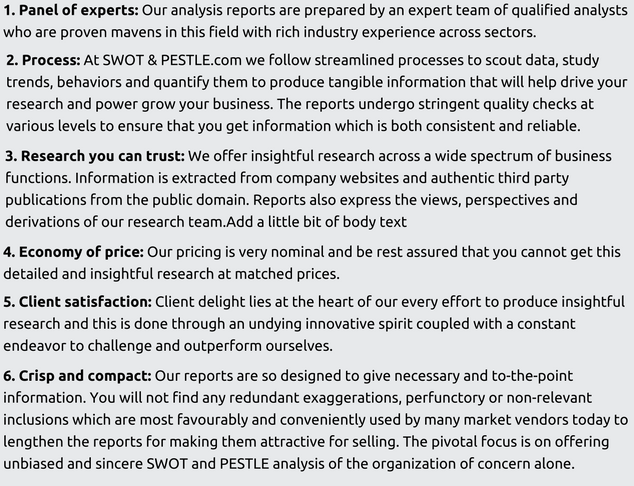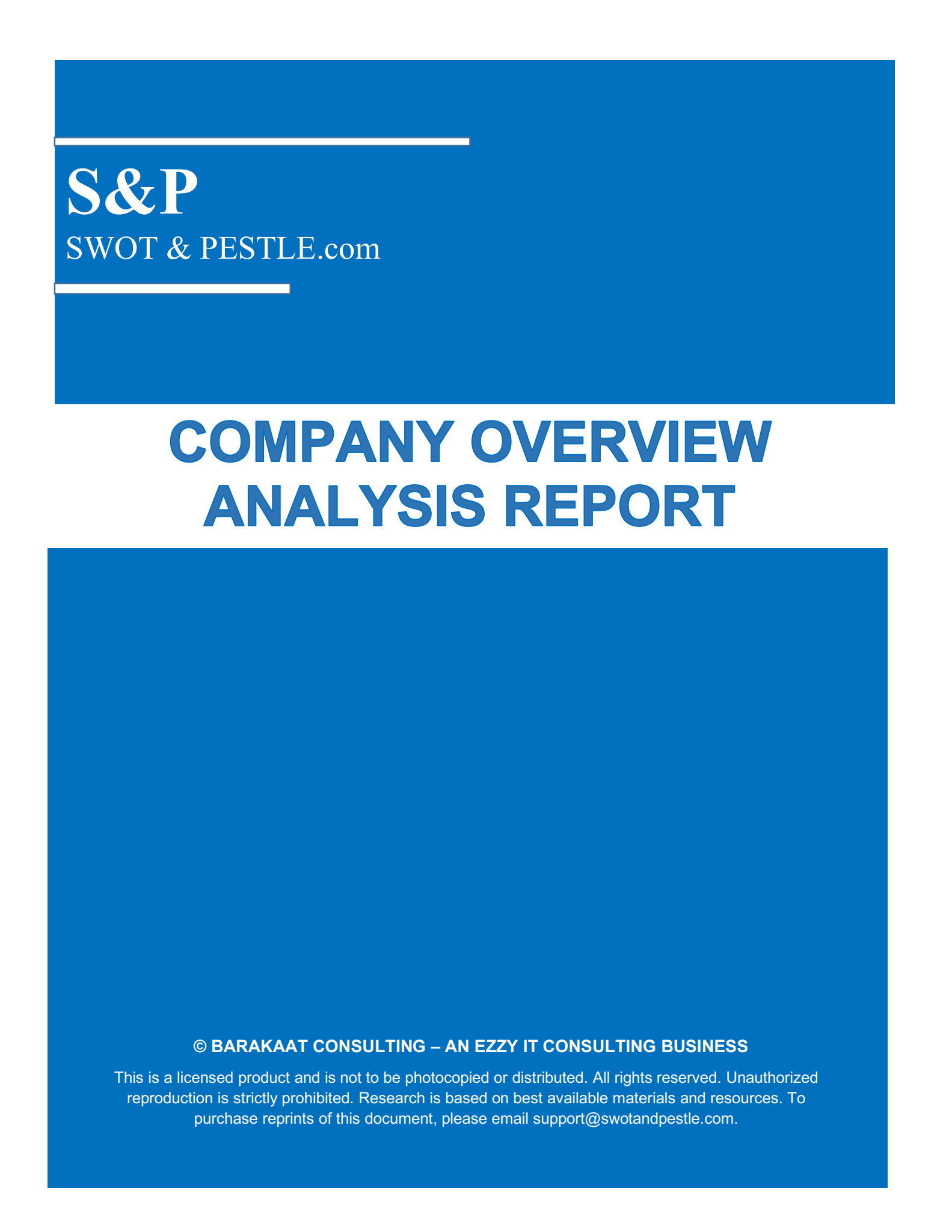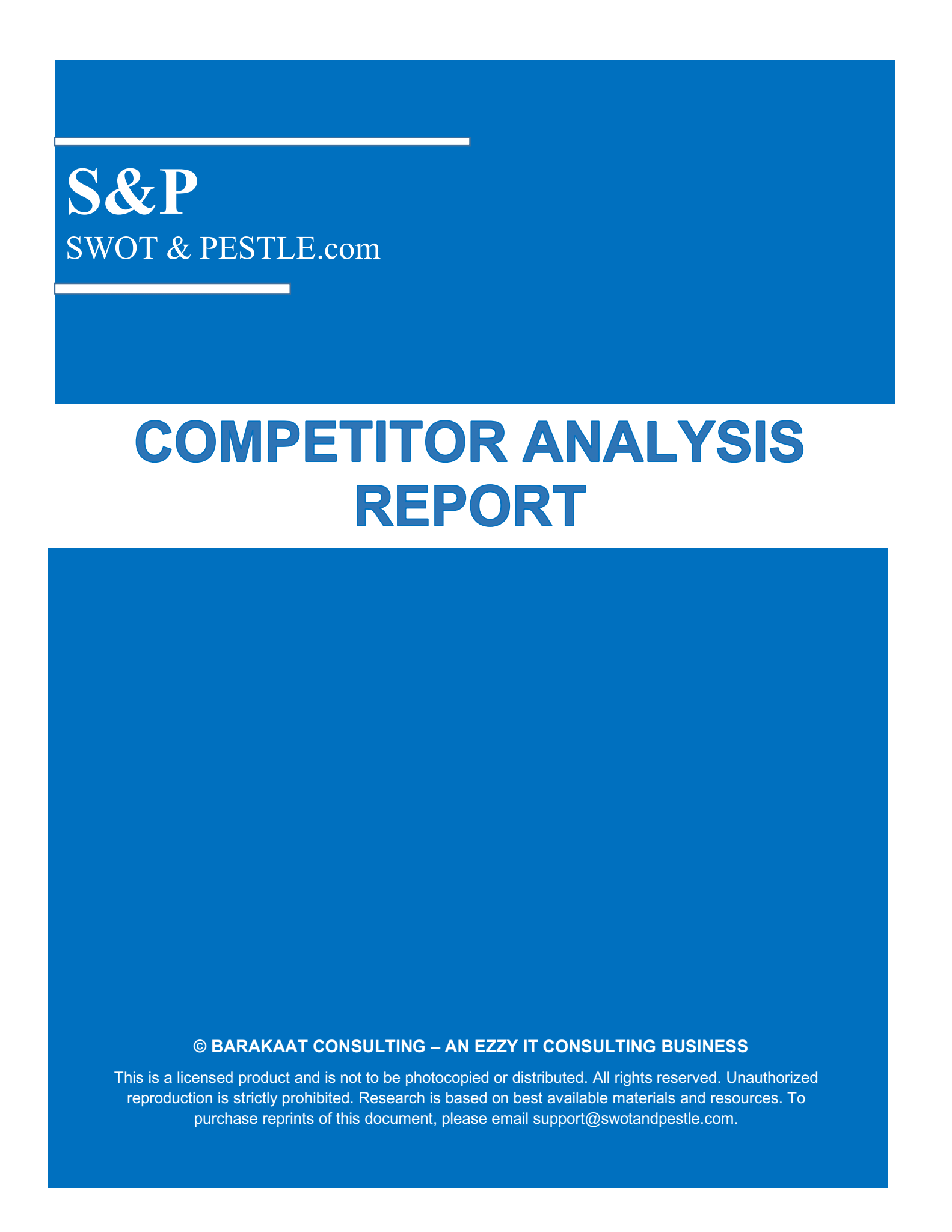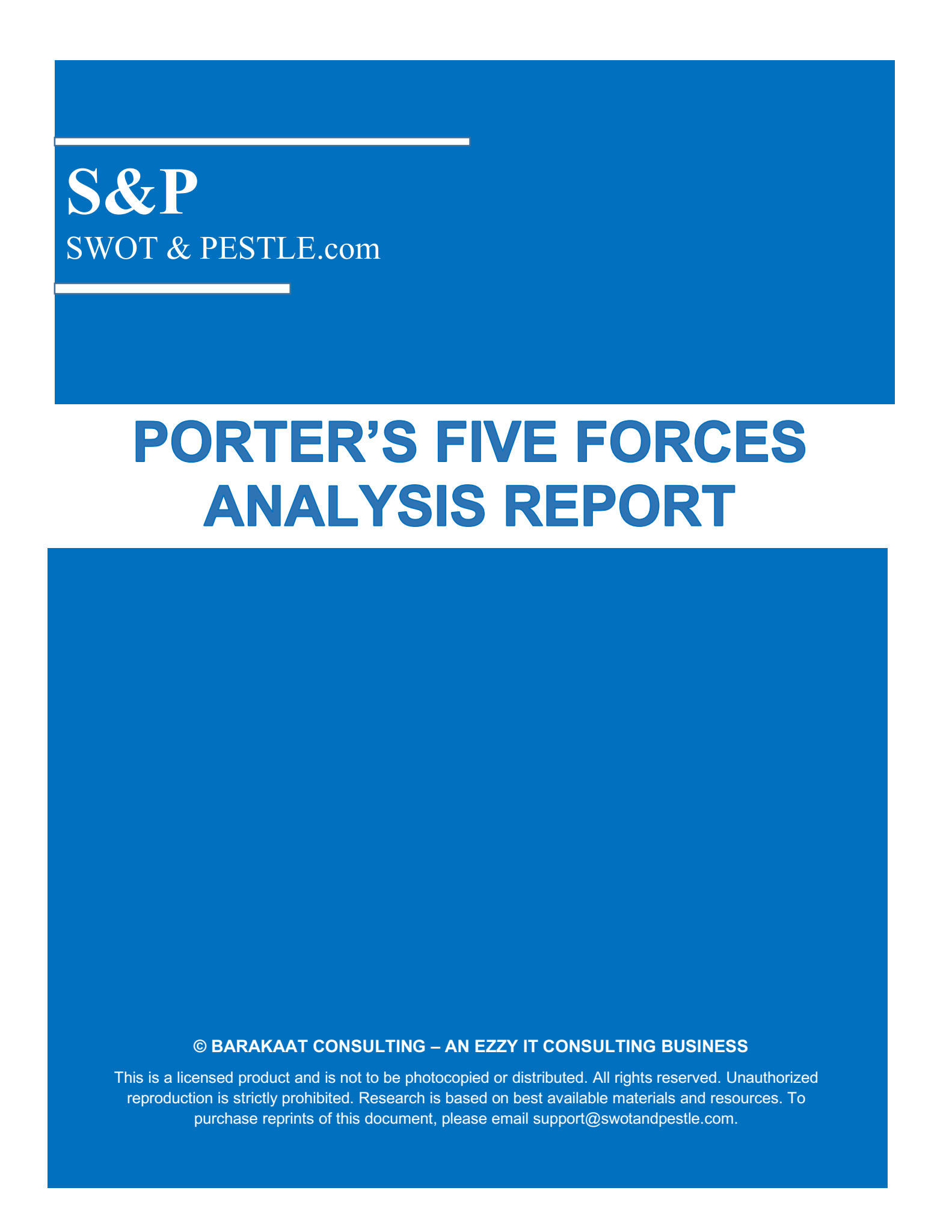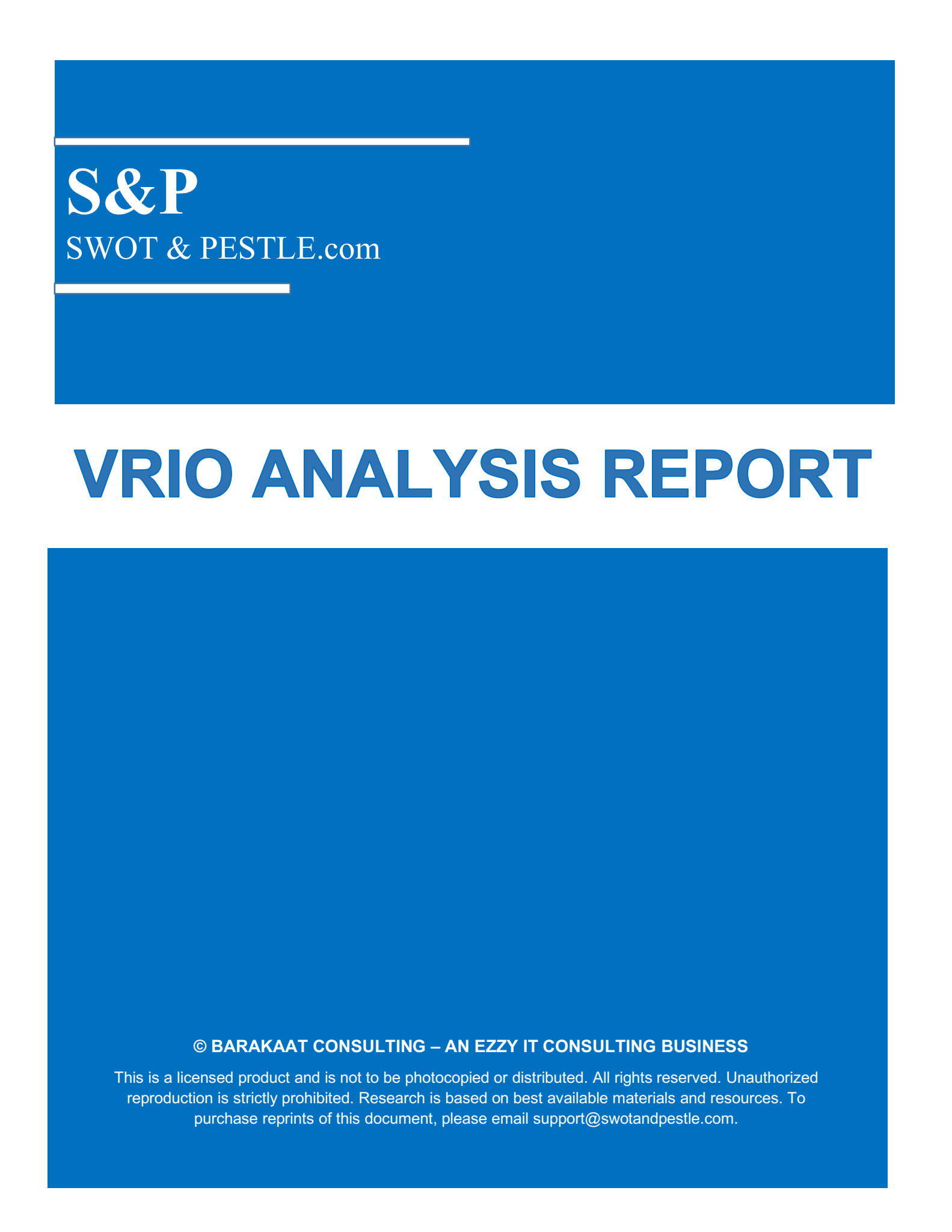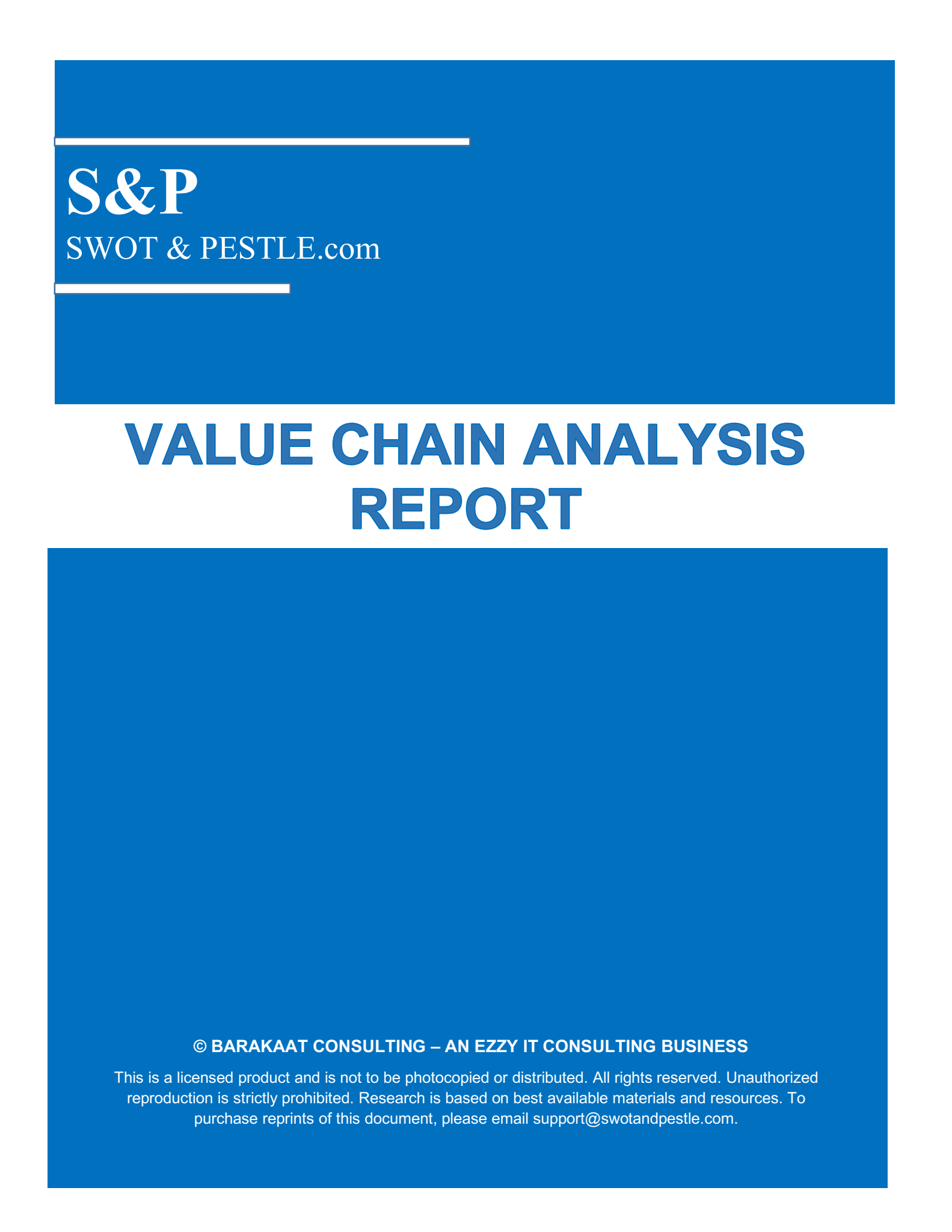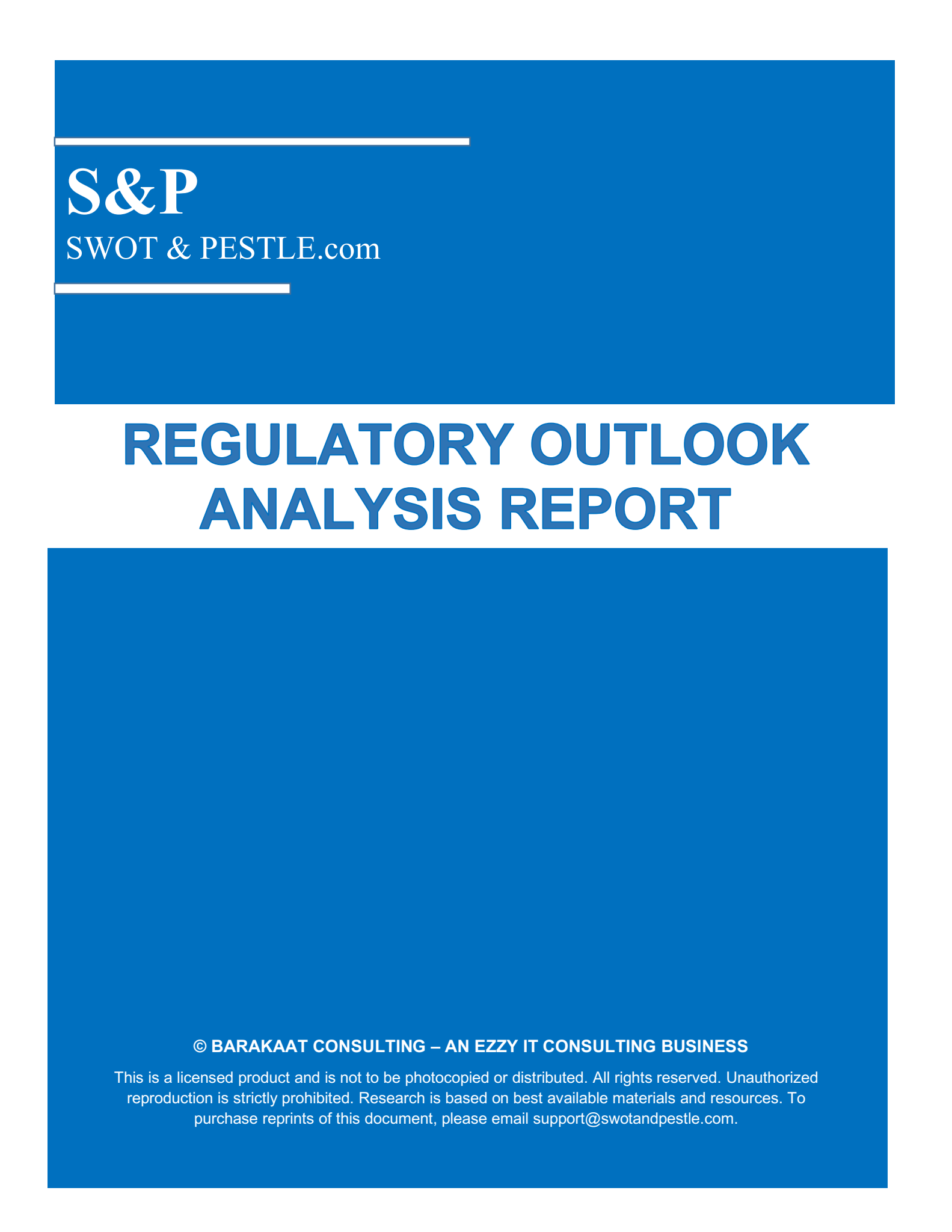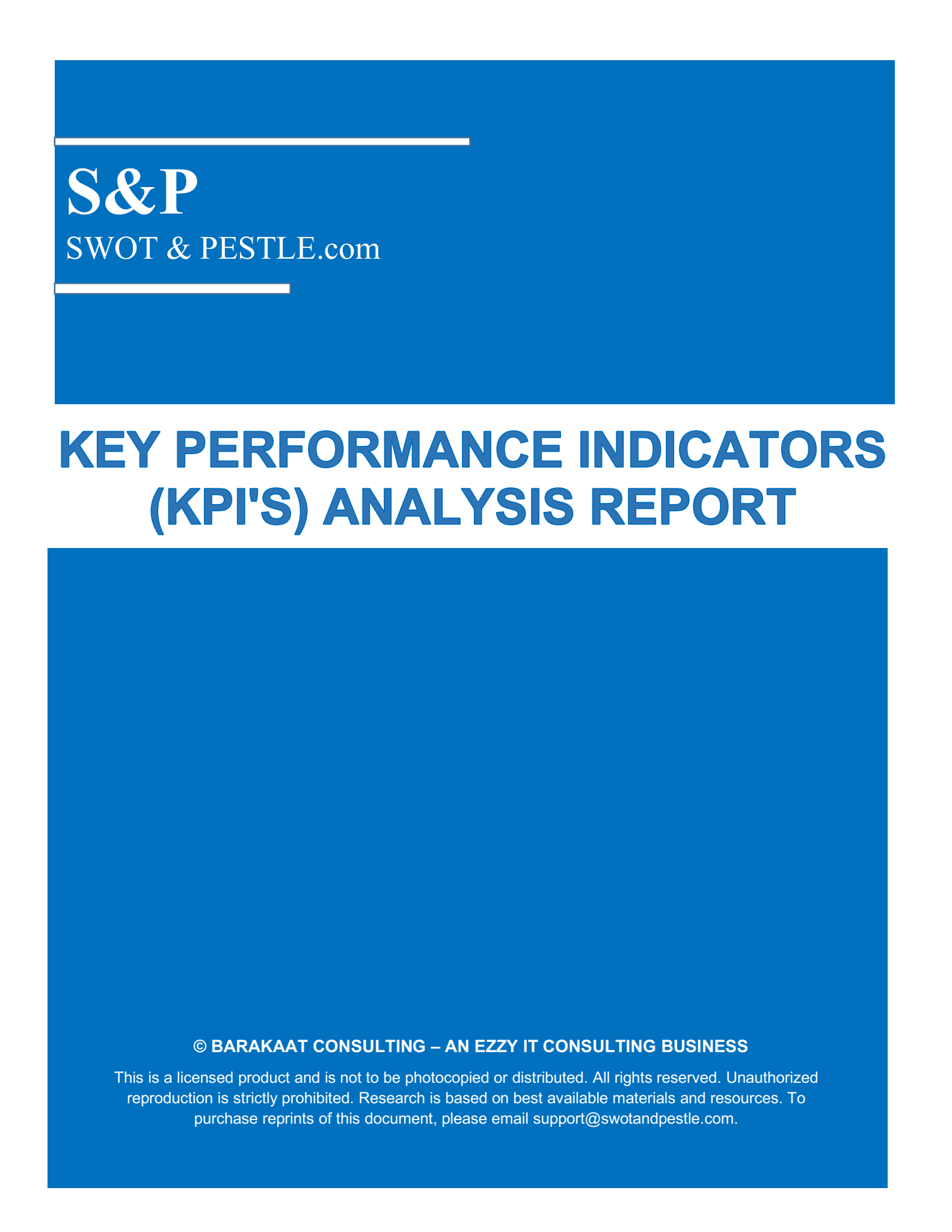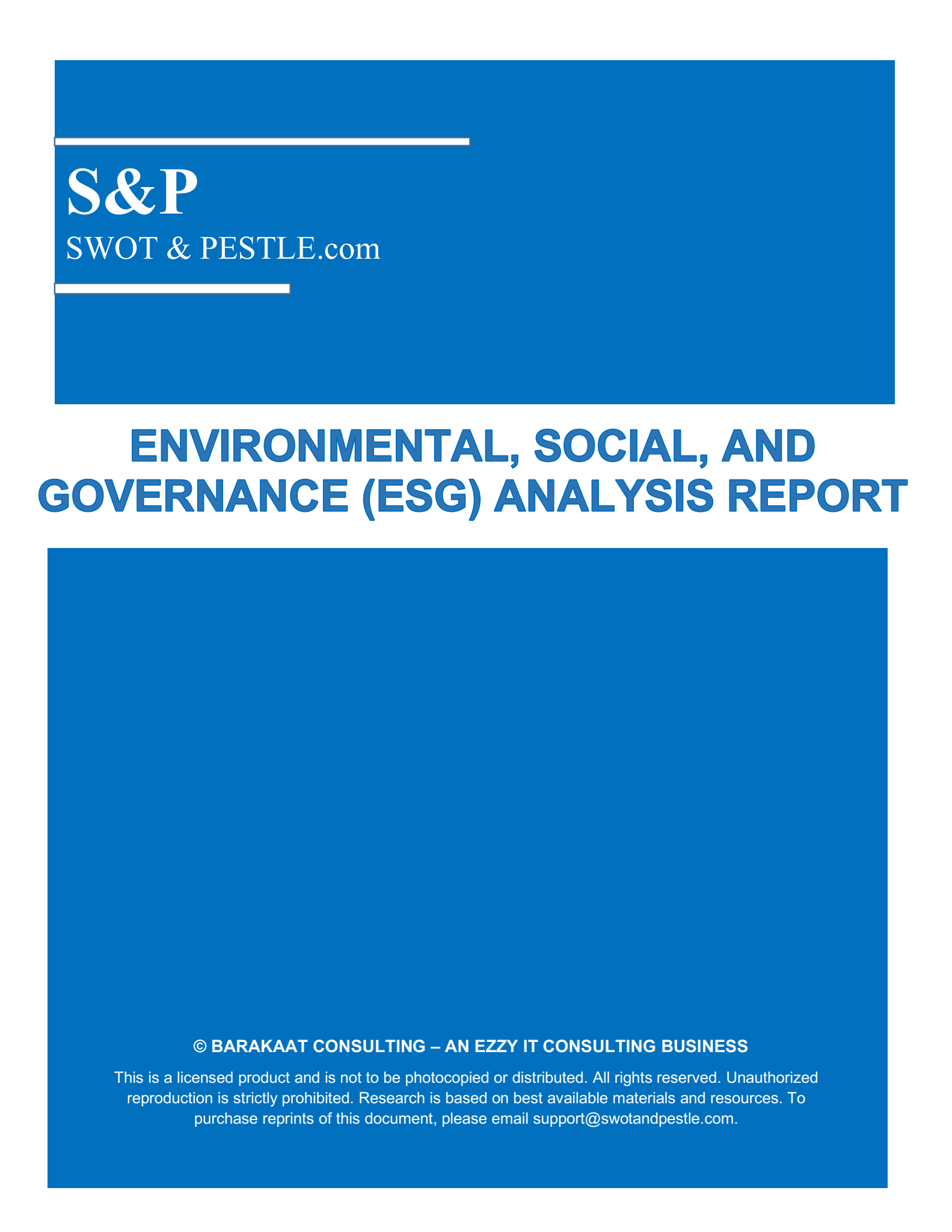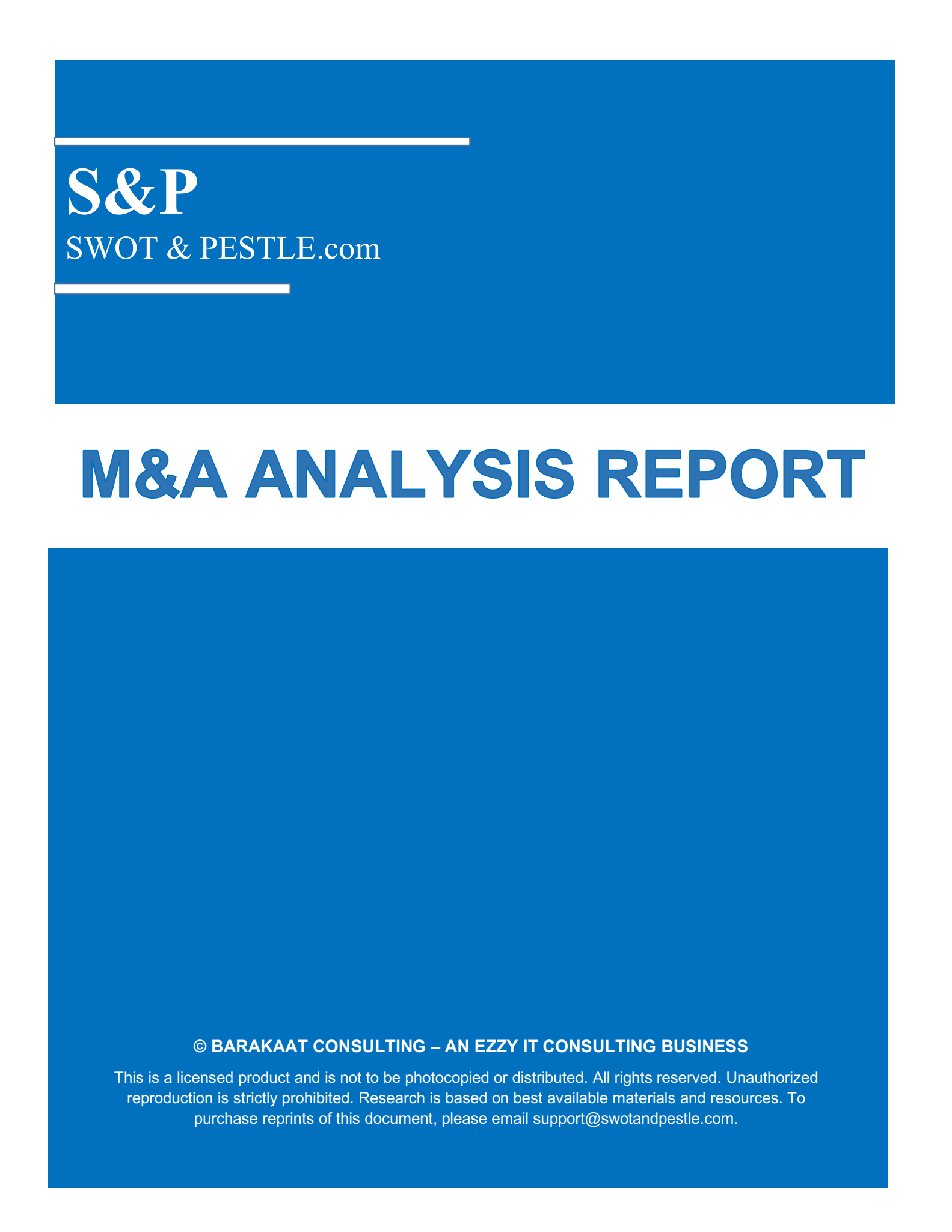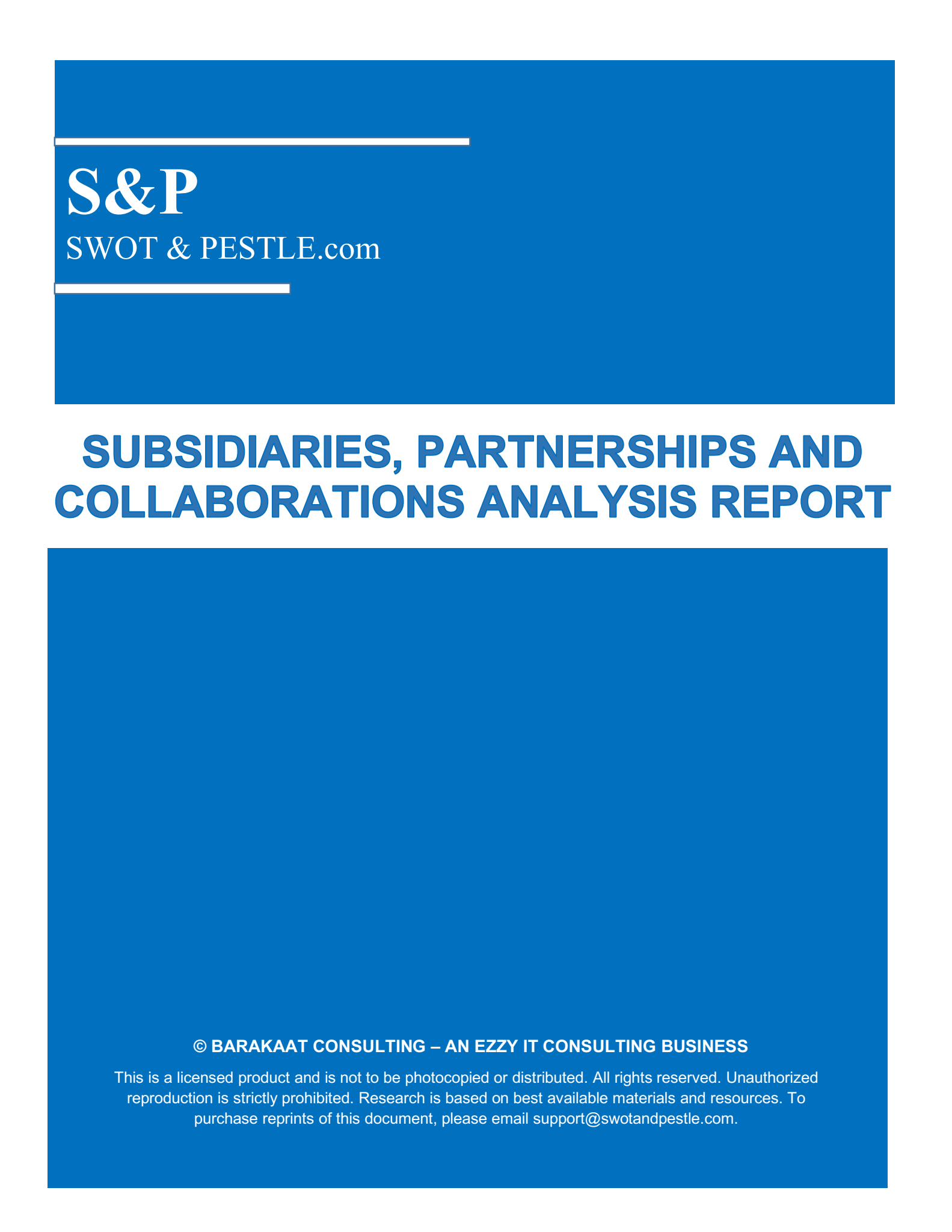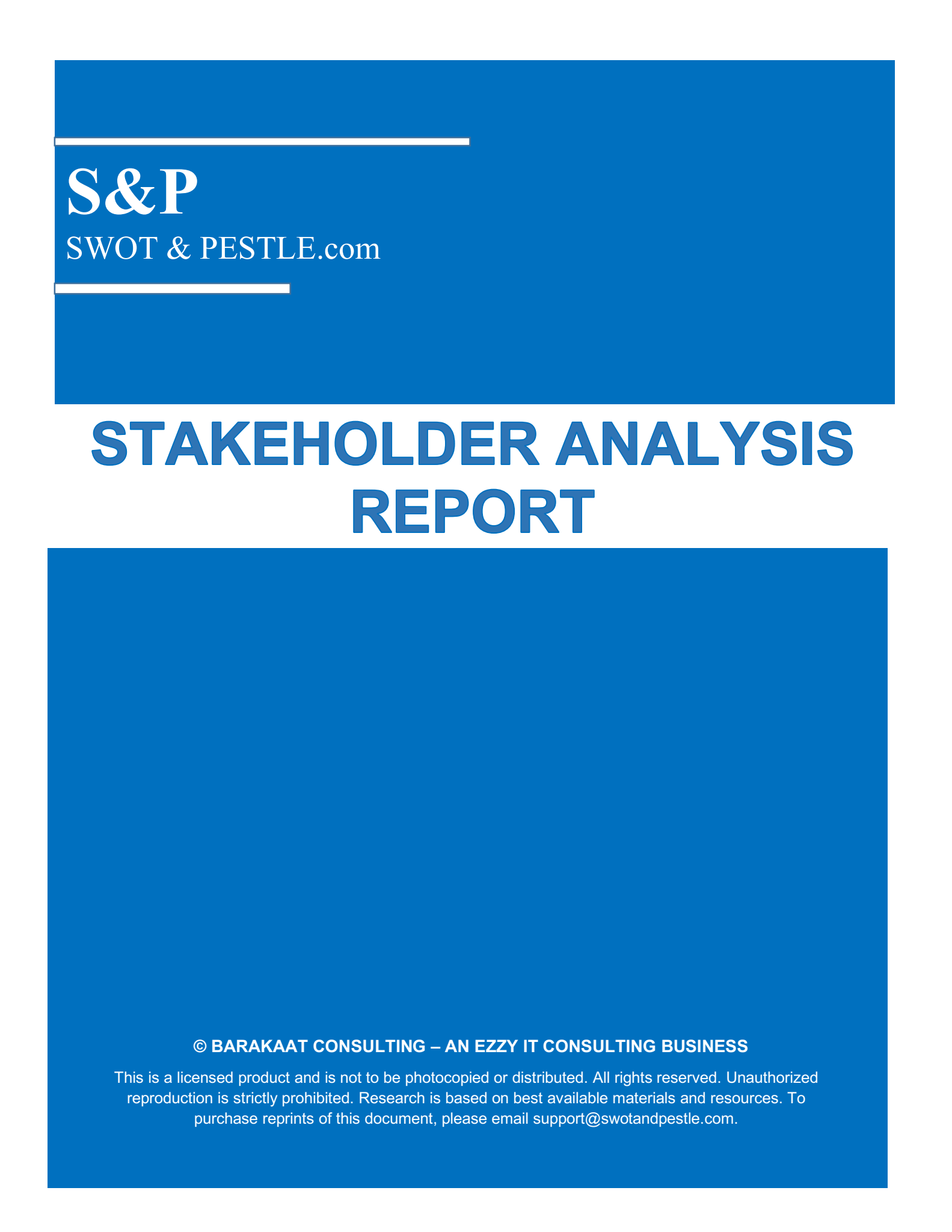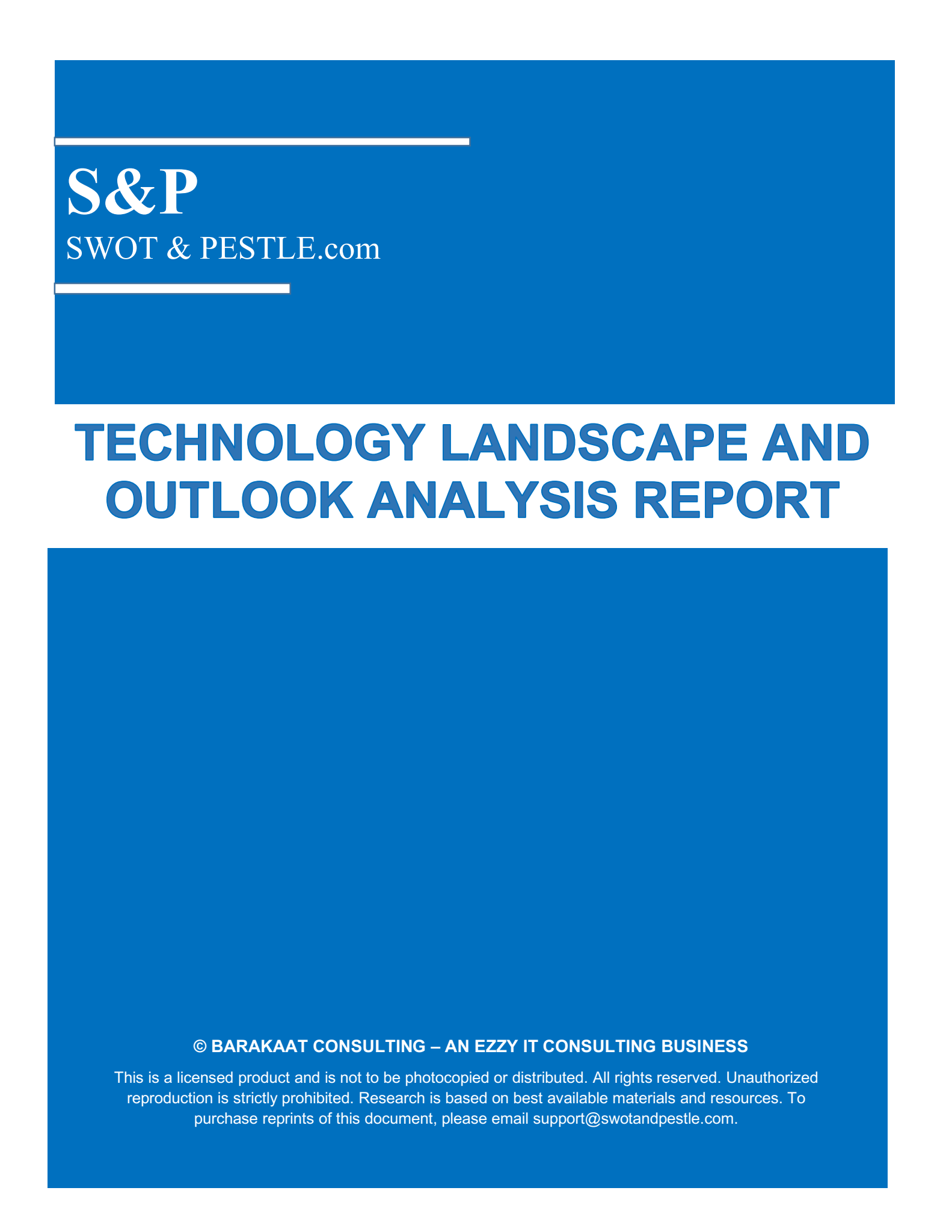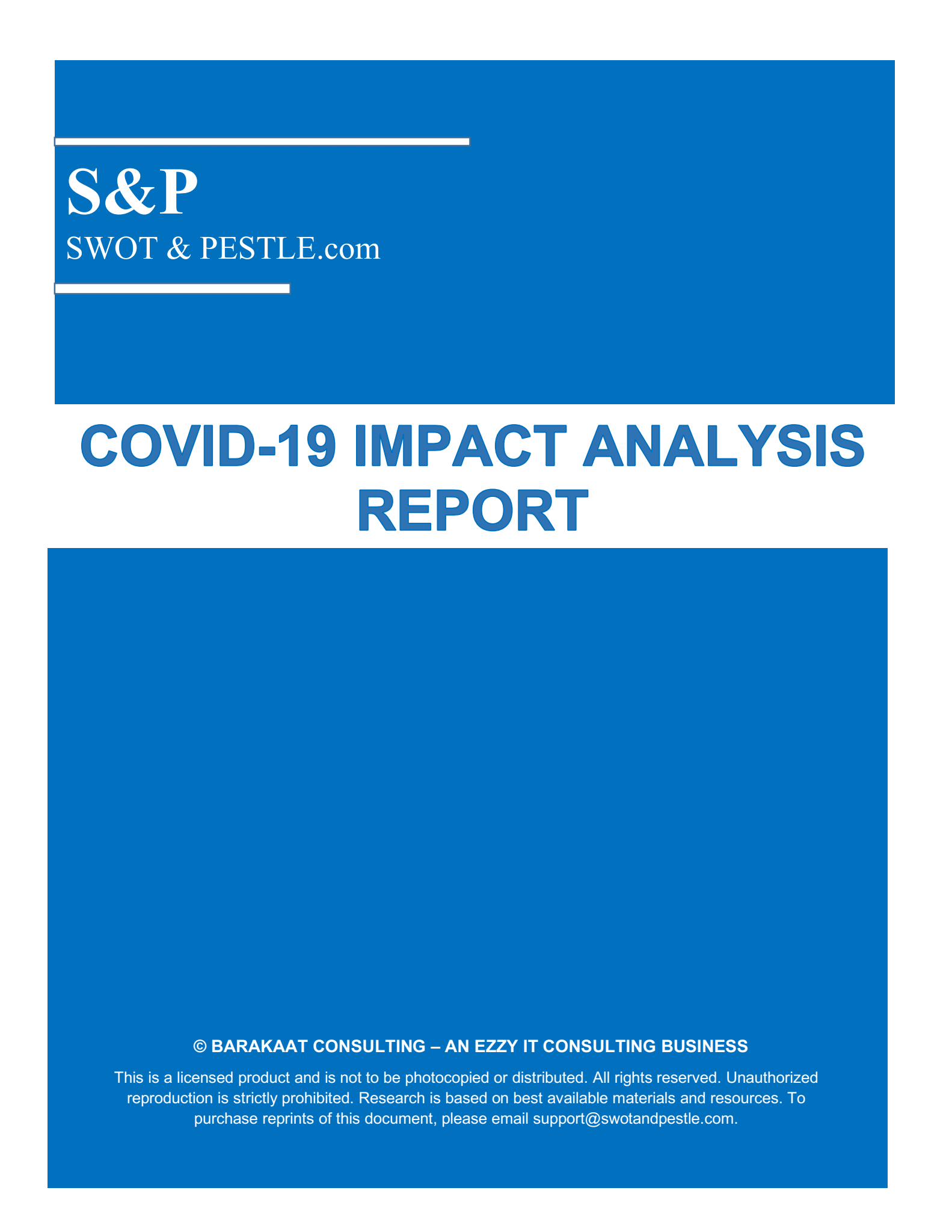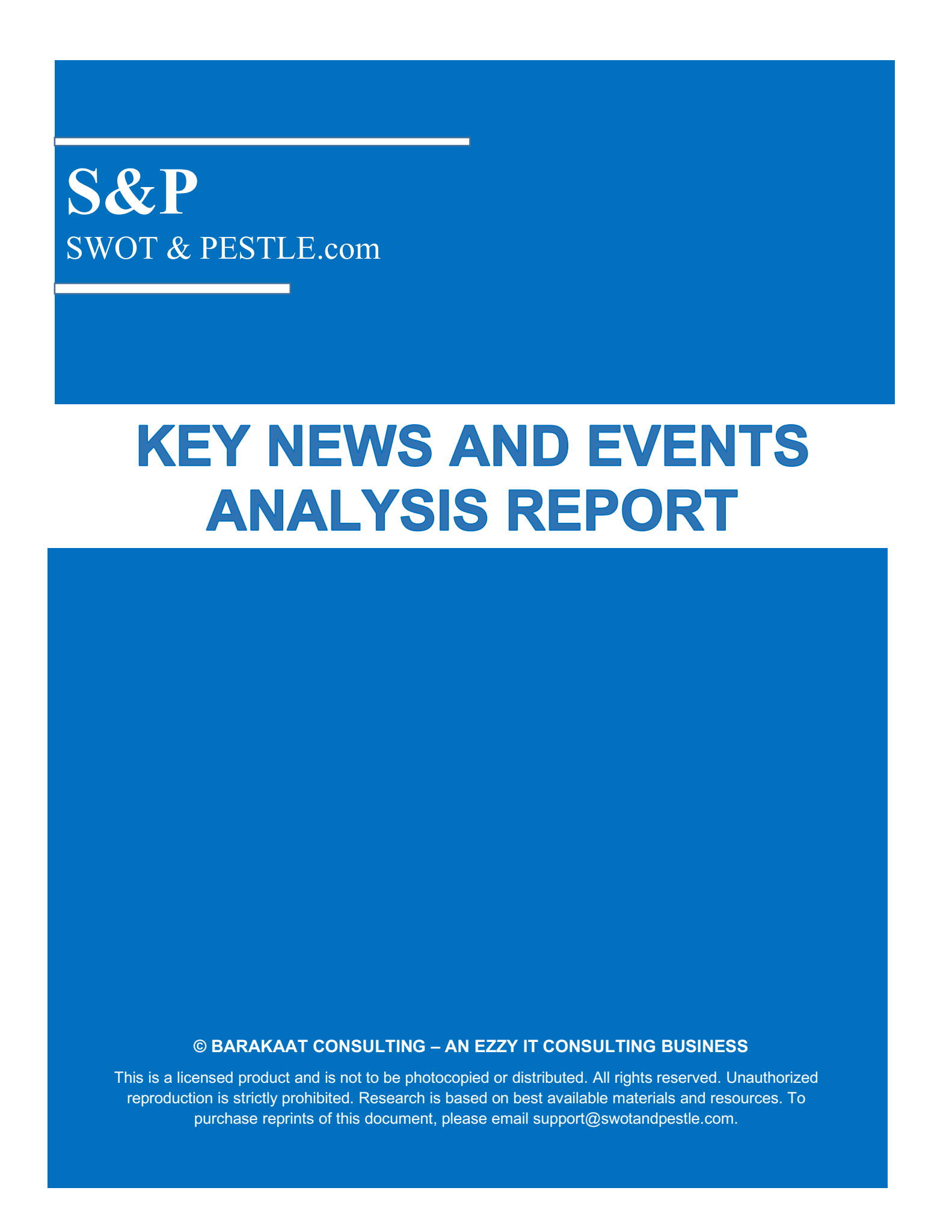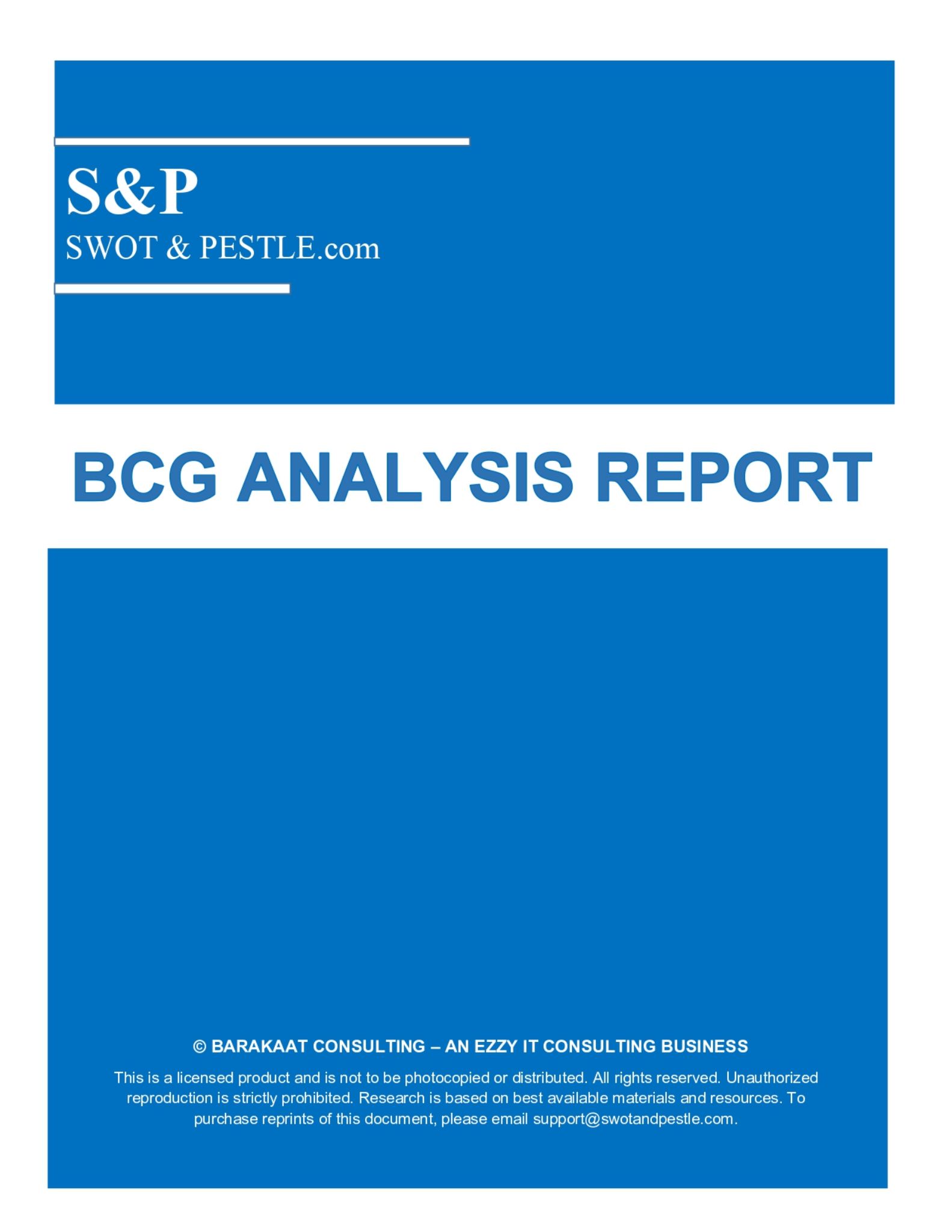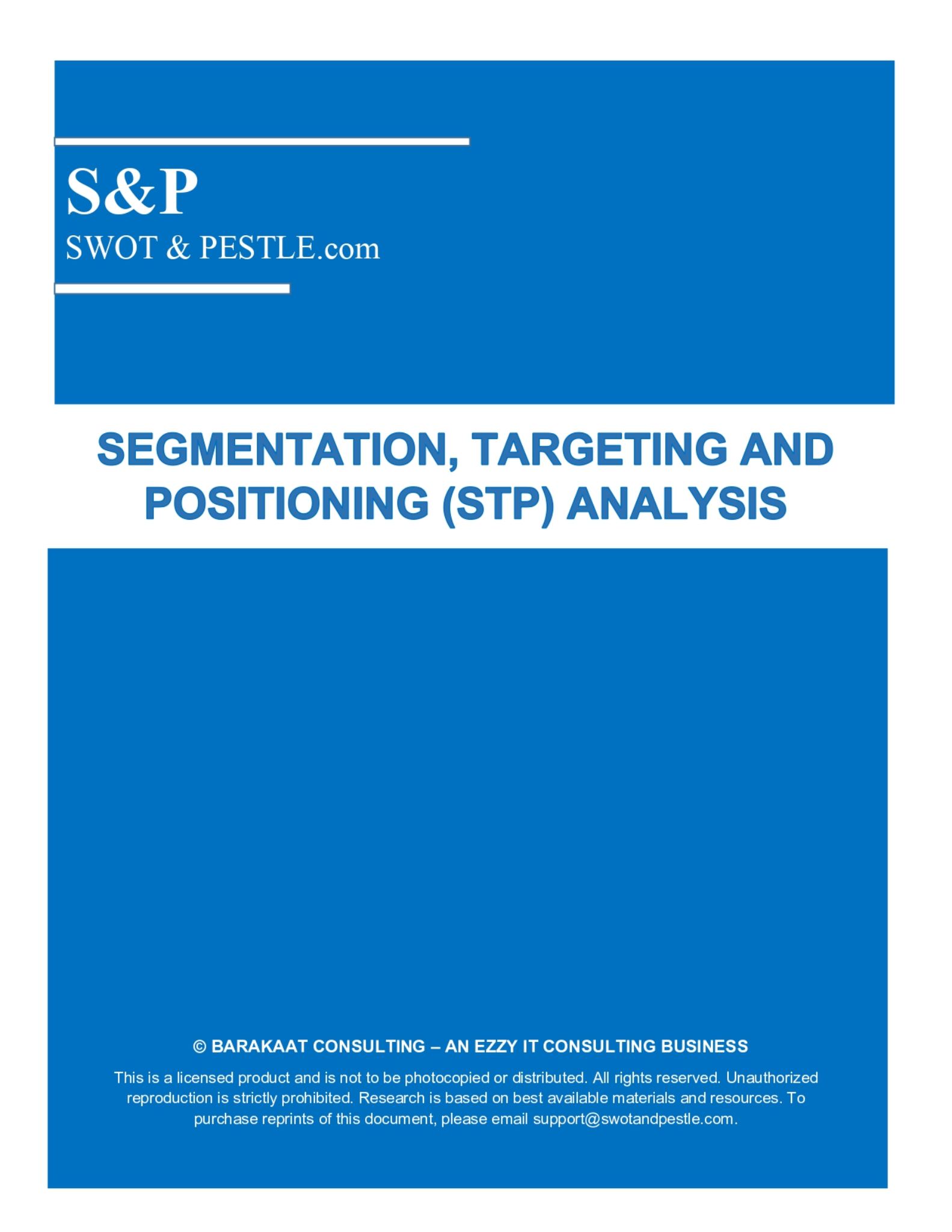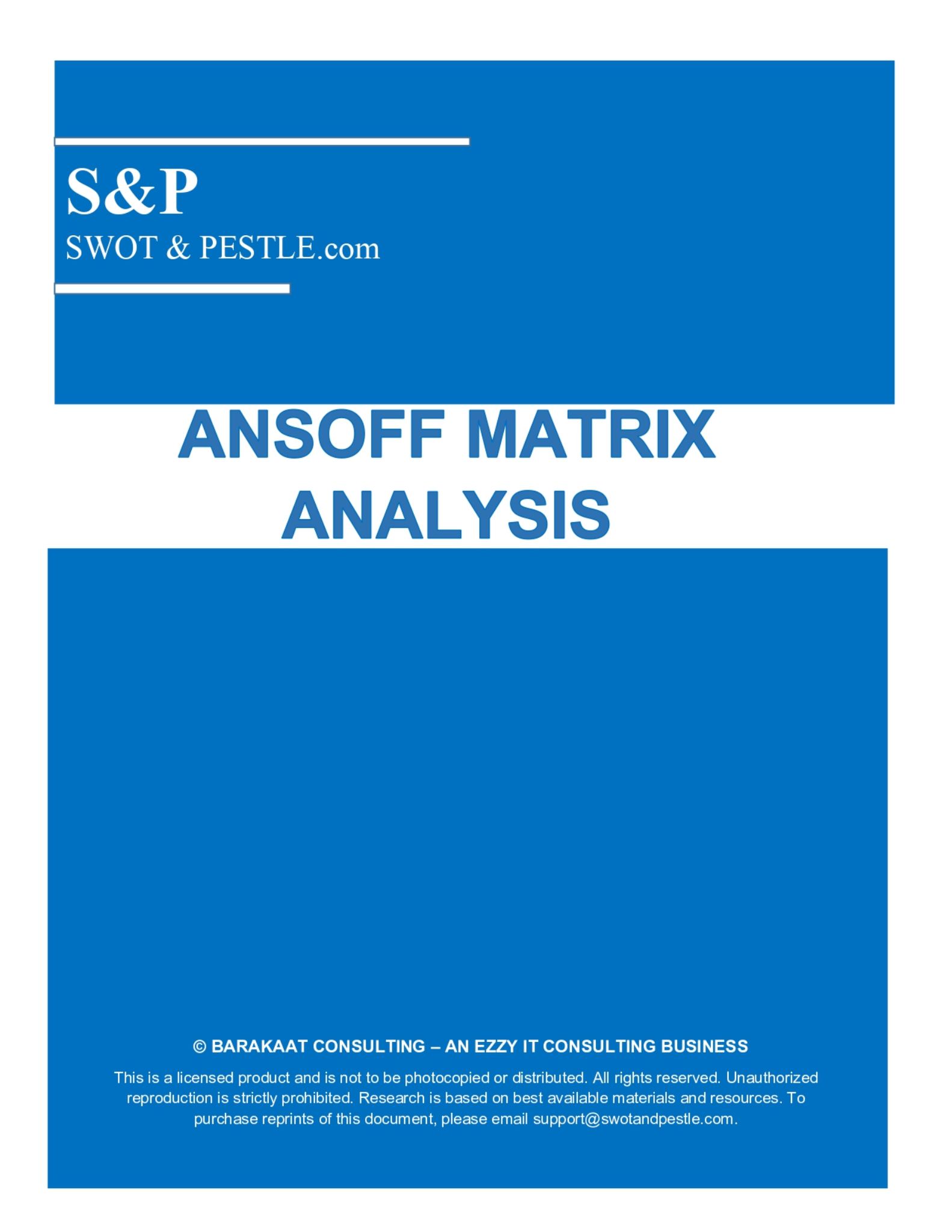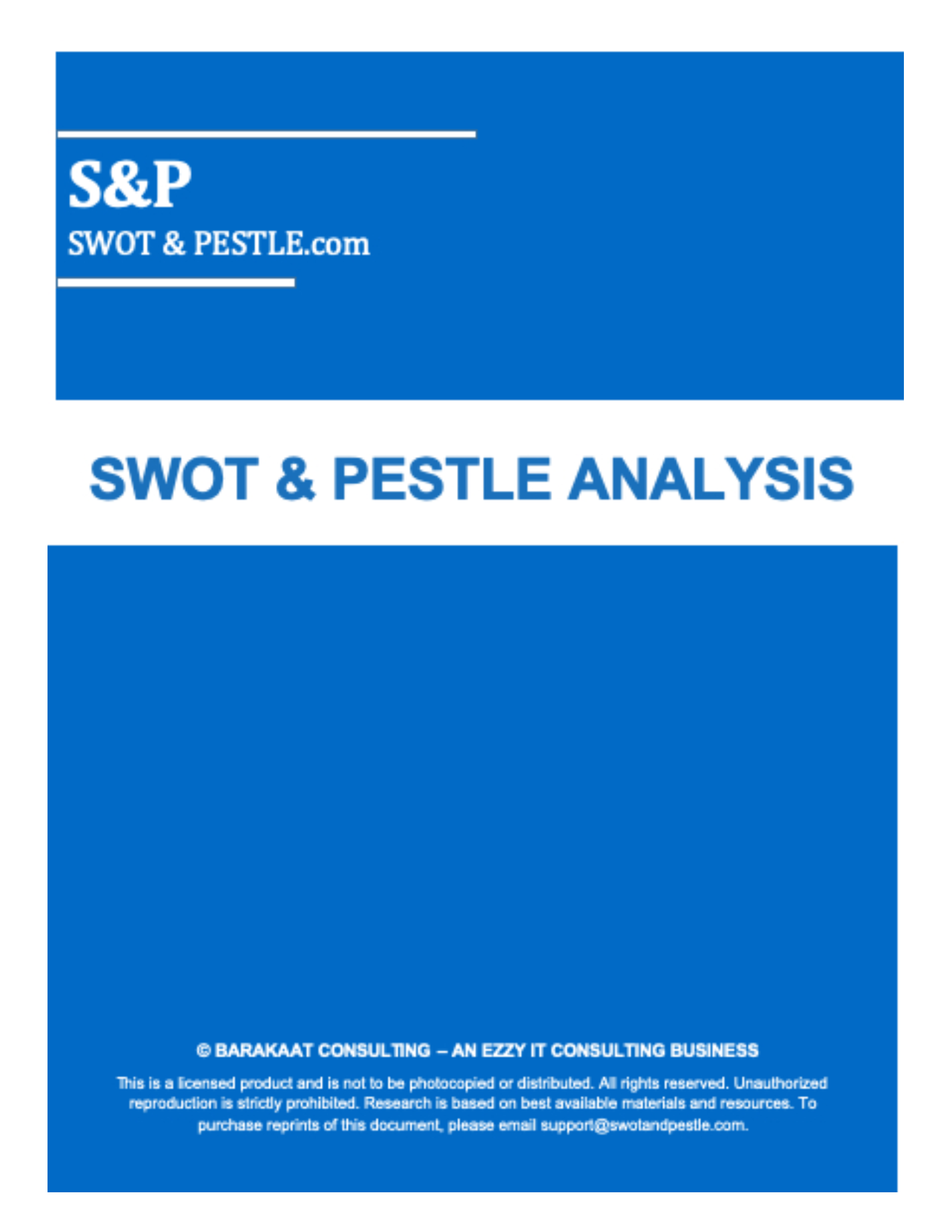COMPANY PROFILE -Solvay
Business Sector :Chemicals
Operating Geography :Belgium, Europe, Global
About Solvay :
Solvay is a Belgian chemical company whose headquarters are located in Neder-Over-Heembeek, Brussels, Belgium. This global chemical and advanced materials firm was founded by Alfred and Ernest Solvay in 1863. The company seeks to help its clients innovate, develop and deliver high-value, viable goods and solutions that consume less energy and decrease CO2 emissions, optimize resource utilization and enhance the quality of life. The company provides its products and services to a number of industries and markets globally, including automotive and aviation, consumer and healthcare goods, energy and environment, electricity and electronics, design and production, and industrial applications. As of 2020, it has operations in 115 sites in 64 countries around the world. This includes 21 major research and innovation centers where over 2,350 scientists driving the innovation behind the company’s success. The global presence of the company allows it to keep abreast with the constant changes occurring within the chemical industry and develop appropriate products which are able to deal with trending issues like climate change, sustainability and increasing standards for health and well-being. The company employs around 24,100 workers as per early 2020 records.
The company’s purpose is to “bond people, ideas and elements to reinvent progress.”
Solvay Revenue :
€ 8,965 million - FY ended December 31st 2020
€ 10,244 million - FY ended December 31st 2019
Competitive Analysis of Solvay
The SWOT analysis for Solvay is presented below
| Strengths | Weaknesses |
1. Strongly focused on creating products and solutions with customer-centricity in mind
2. Strong market position in composite materials used in aerospace
3. Open innovation culture of the company
4. Strong brand recognition of Solvay
| 1. Anti-trust proceedings, HSE related proceedings and discontinued pharmaceutical activities affecting the company’s reputation
2. Exposed to large pension liabilities
|
| Opportunities | Threats |
1. Integrating sustainability into its business and investments
2. Changing mindsets through the circular economy
3. Innovation acceleration in batteries for EV-vehicles
4. Demand for productivity, efficiency and sustainability in mining
| 1. Climate related transition risks
2. Regulatory, political and legal threats
3. Foreign currency risks
|
On purchase the Solvay SWOT and PESTLE Analysis PDF report will reach you within minutes. At rare times, a slight delay not exceeding 1 hour might be caused.
Detailed SWOT Analysis of Solvay
Strength
This section is available only in the 'Complete Report' on purchase.
Weakness
This section is available only in the 'Complete Report' on purchase.
Opportunity
1. Integrating sustainability into its business and investments: One of the key aspects of the Group's strategy is its decision to change its Capex approval policy to include an internal CO2 cost that is higher than the market rate (€ 75 per tonne) with a view to promoting a move towards investment in more sustainable activities. We may offer lower profitability than normal business, but the organization does not want to invest without profitability in order to reduce CO2 emissions. The organization also retains financial rigor in its investments. The Group also assessed the potential impact on investment and business opportunities of its aggressive goal to reduce its greenhouse gas emissions by one million tons by 2025. The goal of moving towards an absolute reduction strategy is to align the company with efforts to decarbonize the European economy by 2050 and is proof of Solvay's commitment not to expand its business to the detriment of the environment. Solvay's SPM system helps reduce CO2 emissions and resource consumption.
2. Changing mindsets through the circular economy: Much of today's economy is linear but the linear model is finite: raw materials cannot be consumed forever and the climate is changing drastically. Transition to a circular economy offers solutions and endless incentives. Solvay must change the value chain of its customer. The organization has agreed to become a Global Partner of the Ellen MacArthur Foundation. The Foundation opens up opportunities to engage with leaders in the field, and also opens up access to training and learning. The company should also look for ways of incorporating the circular economy into its business model, an initiative that is still in its early stages but which explores areas such as enhancing the recyclability of composites and metal recovery. Circular economy is an emerging new economic system that is durable and creates value on a sustainable basis; it keeps all products re-circulating constantly, without waste and without waste. This aims to reduce the amount of waste associated with products and services during their use time.
3. Innovation acceleration in batteries for EV-vehicles: The EV market foresees an annual global growth of +30% in the next four years - set to make up 80% of the Lithium-ion (Li-ion) battery market by 2022. The demands for electric vehicles and consumer electronics will drive strong growth in Li-ion batteries. However, the requirement is of advanced technology for faster charging, better layout of battery pack and higher energy density. Reducing costs per kWh is also critical because electric vehicles are striving to compete with automobiles. Solvay is at the cutting edge of battery innovation. Solvay’s ambition is to provide its customers with new and efficient materials to solve challenges in the field of batteries. At the heart of the prestigious EWHA Womans University, Solvay's R&I Center in Seoul is able to build unique partnerships with customers and key market players. The company has joined its peers in the European SAFT initiative to research, develop and industrialize solid-state batteries. And in parallel, they have developed proprietary technology to make a solid electrolyte and support the transition to solid-state batteries. And the company expect their performance on this high-barrier-to-entry market to accelerate even further. One of their high energy solutions which will benefit them a lot in the coming future is Energain® technologies. This will allow next-generation Li-ion batteries to operate at a higher voltage for higher energy density and are now being validated for both electric vehicles and consumer electronics.
The remaining section of “Opportunity” is available only in the 'Complete Report' on purchase.
Threat
This section is available only in the 'Complete Report' on purchase.
The PESTLE/PESTEL analysis of Solvay is presented below:
| Political | Economical |
1. Political risks and physical security risks in its facilities
2. Subject to numerous complex tax regimes | 1. Solvay is subject to volatile global economic conditions, market uncertainties and local and regional economic conditions
2. Solvay is subject to interest rate risks
3. Solvay is subject to fluctuations in currency exchange rates
|
| Social | Technological |
1. Evolving gender roles for better
2. Education and career trends impact recruitment
| 1. Failure to innovate or delays in development could affect customer relationships
2. Failure to predict technological trends can affect the profitability
3. Dynamic innovation portfolio management
4. Teaming up for innovation
|
| Legal | Environmental |
1. Securing and defending its ownership of new discoveries and processes
2. Solvay is subject to continually evolving environmental and health and safety laws and regulations
| 1. Initiatives for Greenhouse Gas reduction
2. Offering innovative sustainable solutions
|
On purchase the Solvay SWOT and PESTLE Analysis PDF report will reach you within minutes. At rare times, a slight delay not exceeding 1 hour might be caused.
Detailed Pestle Analysis of Solvay
Political
This section is available only in the 'Complete Report' on purchase.
Economic
This section is available only in the 'Complete Report' on purchase.
Social
This section is available only in the 'Complete Report' on purchase.
Technological
This section is available only in the 'Complete Report' on purchase.
Legal
This section is available only in the 'Complete Report' on purchase.
Environmental
1. Initiatives for Greenhouse Gas reduction: In 2018, the effect of organic growth on greenhouse gas emissions and frequency was offset by emission reductions achieved by renewable energy programs (0.2 Mt CO2), such as Solvay's Jasper County Solar Farm and the Solwatt ® energy efficiency system in-house. Solvay has achieved a 24% reduction in GHG intensity over the past three years, meeting our 20% goal by the end of 2018. Climate change and energy transition are high on the business and political agenda. It is important that future growth doesn’t come at the expense of the planet. In 2018, the company has set a new ambitious goal to reduce its absolute emissions by 1 million tons CO2 by 2025 at constant scope. Solvay invests in a fresh biomass boiler at its soda ash plant in Rheinberg, Germany. This initiative will cut the plant’s CO2 emissions by more than 30% (minus 190 kt/year) while improving its competitiveness. The new boiler, which will be launched in May 2021, will burn recycled wood waste. This initiative follows previous energy transition projects undertaken at soda ash sites in Bernburg (Germany) and Rosignano (Italy), thereby helping the Group achieve its pledge to reduce its CO2 emissions by an absolute 1 million tons by 2025.
2. Offering innovative sustainable solutions: Multinational companies need to focus on value addition by offering sustainable products and solutions to their customers. By the end of 2018, 50% of Solvay’s net sales had been marked as "Sustainable Solutions". Changes in their portfolio (distribution of less aligned companies) explain most of the progress; technology programs to create more sustainable solutions have contributed. The major challenges they face are maintain 50% of Group sales in solutions through innovation, organic growth, investment, etc. Circular Economy principles bring new challenges. Solvay’s use of renewable raw materials and renewable energy needs to increase. The study of Sustainable Portfolio Management (SPM) is rooted in main team and GBU business processes. It helps analyze the portfolio and allocate resources to upgrade its sustainability. Each innovation acquisition or investment project in excess of € 10 million is assessed using the SPM approach to ensure its contribution to sustainable and higher growth. In 2018, more than 100 Solvay workers were educated on circular economy concepts, while 20 of its experts took part in master classes at the Ellen MacArthur Foundation focusing on the transformation of business models and product life cycles. One example is how it can redesign our molecules to support the circularity of the end product through bio sourcing: we have created Amni ® Soul Eco, our biodegradable polyamide yarn, with a strong focus on eco-friendly clothing production.
On purchase the Solvay SWOT and PESTLE Analysis PDF report will reach you within minutes. At rare times, a slight delay not exceeding 1 hour might be caused.
TABLE OF CONTENTS
DELIVERY AND FORMAT
WHY CHOOSE US?
You may also be interested in other analyses of Solvay:
-
| Solvay Porter's Five Forces Analysis |
|
-
-
| Solvay Value Chain Analysis |
|
-
| Solvay Covid-19 Impact Analysis |
|
-
-
| Solvay Segmentation, Targeting and Positioning (STP) Analysis |
|
-
| Solvay Ansoff Matrix Analysis |
|
Request for Quotation
We do not share your information with anyone. However, we may send you emails on our new reports and solutions.
Get The Free Sample
Company Overview Report
This report is shared in order to give you an idea of what the complete Company Overview Report will cover after purchase. We invest deep in order to bring you insightful research which can add tangible value to your business or academic goals, at such affordable pricing.
Get this report delivered straight into your email inbox for free.
You also agree to receive email updates from us on our new reports and solutions.
We do not share your information with anyone. However, we may send you emails on our new reports and solutions.
Request for Quotation
We do not share your information with anyone. However, we may send you emails on our new reports and solutions.
Get The Free Sample
Competitor Analysis Report
This report is shared in order to give you an idea of what the complete Competitor Analysis Report will cover after purchase. We invest deep in order to bring you insightful research which can add tangible value to your business or academic goals, at such affordable pricing.
Get this report delivered straight into your email inbox for free.
You also agree to receive email updates from us on our new reports and solutions.
We do not share your information with anyone. However, we may send you emails on our new reports and solutions.
Request for Quotation
We do not share your information with anyone. However, we may send you emails on our new reports and solutions.
Get The Free Sample
Porter's Five Forces Analysis Report
This report is shared in order to give you an idea of what the complete Porter's Five Forces Analysis Report will cover after purchase. We invest deep in order to bring you insightful research which can add tangible value to your business or academic goals, at such affordable pricing.
Get this report delivered straight into your email inbox for free.
You also agree to receive email updates from us on our new reports and solutions.
We do not share your information with anyone. However, we may send you emails on our new reports and solutions.
Request for Quotation
We do not share your information with anyone. However, we may send you emails on our new reports and solutions.
Get The Free Sample
VRIO Analysis Report
This report is shared in order to give you an idea of what the complete VRIO Analysis Report will cover after purchase. We invest deep in order to bring you insightful research which can add tangible value to your business or academic goals, at such affordable pricing.
Get this report delivered straight into your email inbox for free.
You also agree to receive email updates from us on our new reports and solutions.
We do not share your information with anyone. However, we may send you emails on our new reports and solutions.
Request for Quotation
We do not share your information with anyone. However, we may send you emails on our new reports and solutions.
Get The Free Sample
Value Chain Analysis Report
This report is shared in order to give you an idea of what the complete Value Chain Analysis Report will cover after purchase. We invest deep in order to bring you insightful research which can add tangible value to your business or academic goals, at such affordable pricing.
Get this report delivered straight into your email inbox for free.
You also agree to receive email updates from us on our new reports and solutions.
We do not share your information with anyone. However, we may send you emails on our new reports and solutions.
Request for Quotation
We do not share your information with anyone. However, we may send you emails on our new reports and solutions.
Get The Free Sample
Regulatory Outlook Report
This report is shared in order to give you an idea of what the complete Regulatory Outlook Report will cover after purchase. We invest deep in order to bring you insightful research which can add tangible value to your business or academic goals, at such affordable pricing.
Get this report delivered straight into your email inbox for free.
You also agree to receive email updates from us on our new reports and solutions.
We do not share your information with anyone. However, we may send you emails on our new reports and solutions.
Request for Quotation
We do not share your information with anyone. However, we may send you emails on our new reports and solutions.
Get The Free Sample
Risk Analysis Report
This report is shared in order to give you an idea of what the complete Risk Analysis Report will cover after purchase. We invest deep in order to bring you insightful research which can add tangible value to your business or academic goals, at such affordable pricing.
Get this report delivered straight into your email inbox for free.
You also agree to receive email updates from us on our new reports and solutions.
We do not share your information with anyone. However, we may send you emails on our new reports and solutions.
Request for Quotation
We do not share your information with anyone. However, we may send you emails on our new reports and solutions.
Get The Free Sample
Key Performance Indicators (KPI's) Report
This report is shared in order to give you an idea of what the complete Key Performance Indicators (KPI's) Report will cover after purchase. We invest deep in order to bring you insightful research which can add tangible value to your business or academic goals, at such affordable pricing.
Get this report delivered straight into your email inbox for free.
You also agree to receive email updates from us on our new reports and solutions.
We do not share your information with anyone. However, we may send you emails on our new reports and solutions.
Request for Quotation
We do not share your information with anyone. However, we may send you emails on our new reports and solutions.
Get The Free Sample
Environmental, Social, and Governance (ESG) Analysis Report
This report is shared in order to give you an idea of what the complete Environmental, Social, and Governance (ESG) Analysis Report will cover after purchase. We invest deep in order to bring you insightful research which can add tangible value to your business or academic goals, at such affordable pricing.
Get this report delivered straight into your email inbox for free.
You also agree to receive email updates from us on our new reports and solutions.
We do not share your information with anyone. However, we may send you emails on our new reports and solutions.
Request for Quotation
We do not share your information with anyone. However, we may send you emails on our new reports and solutions.
Get The Free Sample
M&A Analysis Report
This report is shared in order to give you an idea of what the complete M&A Report and Analysis Report will cover after purchase. We invest deep in order to bring you insightful research which can add tangible value to your business or academic goals, at such affordable pricing.
Get this report delivered straight into your email inbox for free.
You also agree to receive email updates from us on our new reports and solutions.
We do not share your information with anyone. However, we may send you emails on our new reports and solutions.
Request for Quotation
We do not share your information with anyone. However, we may send you emails on our new reports and solutions.
Get The Free Sample
Subsidiaries, Partnerships and Collaborations Report
This report is shared in order to give you an idea of what the complete Subsidiaries, Partnerships and Collaborations Report will cover after purchase. We invest deep in order to bring you insightful research which can add tangible value to your business or academic goals, at such affordable pricing.
Get this report delivered straight into your email inbox for free.
You also agree to receive email updates from us on our new reports and solutions.
We do not share your information with anyone. However, we may send you emails on our new reports and solutions.
Request for Quotation
We do not share your information with anyone. However, we may send you emails on our new reports and solutions.
Get The Free Sample
Stakeholder Analysis Report
This report is shared in order to give you an idea of what the complete Stakeholder Analysis Report will cover after purchase. We invest deep in order to bring you insightful research which can add tangible value to your business or academic goals, at such affordable pricing.
Get this report delivered straight into your email inbox for free.
You also agree to receive email updates from us on our new reports and solutions.
We do not share your information with anyone. However, we may send you emails on our new reports and solutions.
Request for Quotation
We do not share your information with anyone. However, we may send you emails on our new reports and solutions.
Get The Free Sample
Technology Landscape and Outlook Report
This report is shared in order to give you an idea of what the complete Technology Landscape and Outlook Report will cover after purchase. We invest deep in order to bring you insightful research which can add tangible value to your business or academic goals, at such affordable pricing.
Get this report delivered straight into your email inbox for free.
You also agree to receive email updates from us on our new reports and solutions.
We do not share your information with anyone. However, we may send you emails on our new reports and solutions.
Request for Quotation
We do not share your information with anyone. However, we may send you emails on our new reports and solutions.
Get The Free Sample
Covid-19 Impact Analysis Report
This report is shared in order to give you an idea of what the complete Covid-19 Impact Analysis Report will cover after purchase. We invest deep in order to bring you insightful research which can add tangible value to your business or academic goals, at such affordable pricing.
Get this report delivered straight into your email inbox for free.
You also agree to receive email updates from us on our new reports and solutions.
We do not share your information with anyone. However, we may send you emails on our new reports and solutions.
Request for Quotation
We do not share your information with anyone. However, we may send you emails on our new reports and solutions.
Get The Free Sample
Key News and Events Report
This report is shared in order to give you an idea of what the complete Key News and Events Report will cover after purchase. We invest deep in order to bring you insightful research which can add tangible value to your business or academic goals, at such affordable pricing.
Get this report delivered straight into your email inbox for free.
You also agree to receive email updates from us on our new reports and solutions.
We do not share your information with anyone. However, we may send you emails on our new reports and solutions.
Request for Quotation
We do not share your information with anyone. However, we may send you emails on our new reports and solutions.
Get The Free Sample
BCG Analysis Report
This report is shared in order to give you an idea of what the complete BCG Analysis Report will cover after purchase. We invest deep in order to bring you insightful research which can add tangible value to your business or academic goals, at such affordable pricing.
Get this report delivered straight into your email inbox for free.
You also agree to receive email updates from us on our new reports and solutions.
We do not share your information with anyone. However, we may send you emails on our new reports and solutions.
Request for Quotation
We do not share your information with anyone. However, we may send you emails on our new reports and solutions.
Get The Free Sample
Digital Marketing and Social Media Strategy Analysis Report
This report is shared in order to give you an idea of what the complete Digital Marketing and Social Media Strategy Analysis Report will cover after purchase. We invest deep in order to bring you insightful research which can add tangible value to your business or academic goals, at such affordable pricing.
Get this report delivered straight into your email inbox for free.
You also agree to receive email updates from us on our new reports and solutions.
We do not share your information with anyone. However, we may send you emails on our new reports and solutions.
Request for Quotation
We do not share your information with anyone. However, we may send you emails on our new reports and solutions.
Get The Free Sample
Segmentation, Targeting and Positioning (STP) Analysis Report
This report is shared in order to give you an idea of what the complete Segmentation, Targeting and Positioning (STP) Analysis Report will cover after purchase. We invest deep in order to bring you insightful research which can add tangible value to your business or academic goals, at such affordable pricing.
Get this report delivered straight into your email inbox for free.
You also agree to receive email updates from us on our new reports and solutions.
We do not share your information with anyone. However, we may send you emails on our new reports and solutions.
Request for Quotation
We do not share your information with anyone. However, we may send you emails on our new reports and solutions.
Get The Free Sample
Ansoff Matrix Analysis Report
This report is shared in order to give you an idea of what the complete Ansoff Matrix Analysis Report will cover after purchase. We invest deep in order to bring you insightful research which can add tangible value to your business or academic goals, at such affordable pricing.
Get this report delivered straight into your email inbox for free.
You also agree to receive email updates from us on our new reports and solutions.
We do not share your information with anyone. However, we may send you emails on our new reports and solutions.
Check Out Analysis of Other Relevant Companies
References used in Solvay SWOT & PESTLE Analysis Report
1. Solvay annual report 2019 - https://www.solvay.com/sites/g/files/srpend221/files/2020-05/en_short_corr_April_29.pdf
2. Solvay annual report 2018 - https://annualreports.solvay.com/2018/en/servicepages/downloads/files/entire_solvay_ar18.pdf
3. Solvay company profile - https://in.reuters.com/finance/stocks/company-profile/SOLB.BR
4. Solvay company website - https://www.solvay.com/en/
The detailed complete set of references are available on request in the 'Complete report' on purchase.
How to Reference This Page?
You can use the following in your reference section in order to give credit to the source. For different referencing styles and detailed guidelines, please click here.
Solvay SWOT and PESTLE Analysis - SWOT & PESTLE.COM
SWOT & PESTLE.com (2024). Solvay SWOT and PESTLE Analysis - SWOT & PESTLE.com. [online] Available at: https://www.swotandpestle.com/solvay/ [Accessed 26 Apr, 2024].
In-text: (SWOT & PESTLE.com, 2024)
Copyrights and Disclaimer
Solvay SWOT and PESTLE analysis has been conducted by Suparna Chakroborty and reviewed by senior analysts from Barakaat Consulting.
Copyright of Solvay SWOT and PESTLE Analysis is the property of Barakaat Consulting. Please refer to the Terms and Conditions and Disclaimer for usage guidelines.
 Safe and secure payments
Safe and secure payments
 Safe and secure payments
Safe and secure payments


